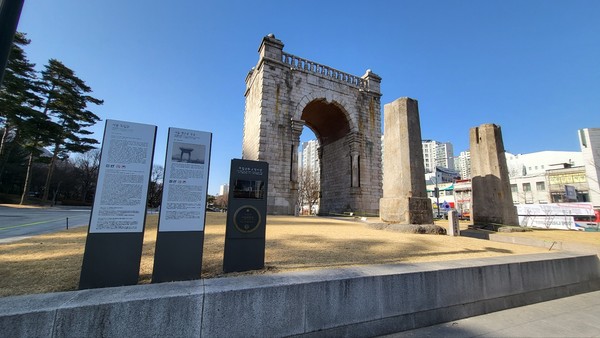- Unveiling the Parks of Seoul June 26, 2023
-
Into the unknown gems of the city
LIFE IN in the city would not be complete without parks. They offer opportunities for humans to interact with nature and indulge in leisure activities, while escaping the pandemonium of urban life; parks also aid in maintaining biodiversity. From peaceful walks to challenging hikes and sports recreations to family gatherings, parks provide the citizens of the bustling city a sense of tranquility. Parks that surround the Han river are quite prominent in Seoul, but the city has a lot more to offer. This article attempts to dive into three of Seoul's lesser-known parks that conserve important history, culture, and nature—giving visitors a window into the distinctive stories and natural attractions of the places they are located.
Seodaemun Independence Park
Located in Seodaemun-gu is the Seodaemun Independence Park established on August 15, 1992 in commemoration of Korea’s independence and sovereignty. With the park linking one historic sight to another, the pathway serves as a trail to follow the footsteps of the brave patriots who fought for the independence of Korea.
One of the most notable monuments is the designated historic site, Dongnimmun Arch, which was built in 1897 by the Independence Association and Seo Jae-pil—an independence activist and publisher of Korea’s first independent newspaper whose statue is also located in the park. Modeled after the Arc de Triomphe de l'Étoile in Paris, France, it was constructed to proclaim Korea as a sovereign nation just like Western powers. Its location also serves as an important symbol as it was erected in front of the demolished Yeongeunmun Gate where Chinese emissaries were received into the country.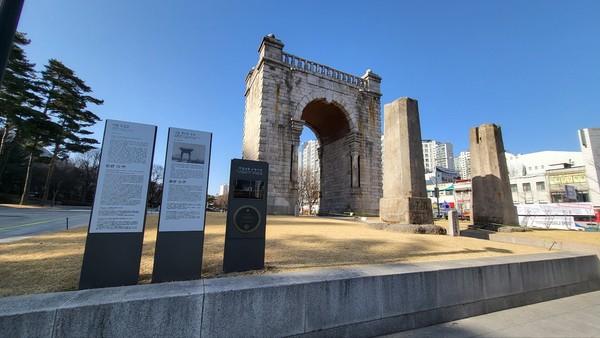 Photographed by Ko Yu-min
Photographed by Ko Yu-minThe 3.1 Declaration of Independence Monument, built to remember the journey of independence and democracy, is also one of the monuments in Seodaemun Independence Park. In the monument are the names of 33 independence activists engraved. The statue of Yoo Gwan-soon, another fierce independence activist of Korea is also located across the 3.1 Declaration of Independence Memorial Tower.
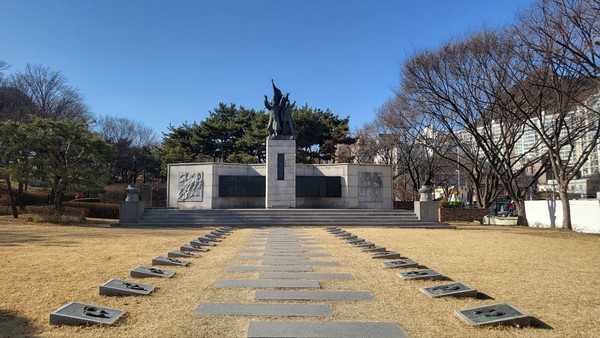 Photographed by Ko Yu-min
Photographed by Ko Yu-minAnother stop to make in the park is the Seodaemun Prison History Museum, which is constructed from the restored buildings of Gyeong-seong Prison and Seodaemun Prison. As a place where independence and pro-democracy activists were jailed and martyred, the place signifies the suffering and pain of Koreans during the modern period.
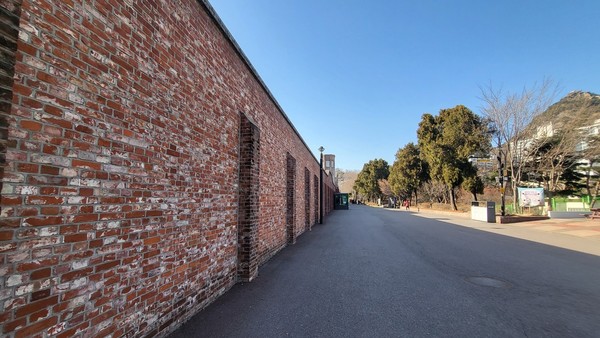 Photographed by Ko Yu-min
Photographed by Ko Yu-min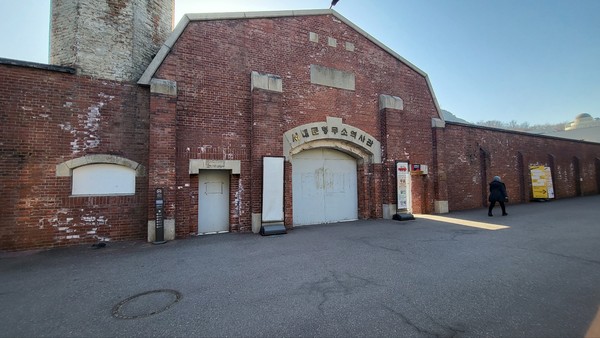 Photographed by Ko Yu-min
Photographed by Ko Yu-minWith these historic sites beautifully incorporated into the modern, busy city of Seoul, the blend between past and future, and the painful odyssey of Korea, lies evident at the Seodaemun Independence Park. Filled with people chilling by the bench, dogs on walks, and children running around here and there, the park offers an ironic, yet beautiful sight of Korea today.
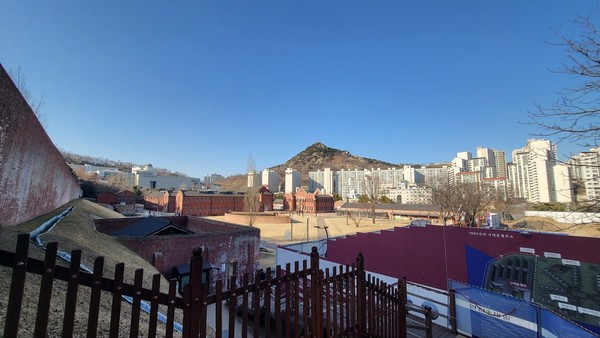 Photographed by Ko Yu-min
Photographed by Ko Yu-minThis article was contributed by Yonsei University's student-led English monthly, The Yonsei Annals, written by its reporter Ko Yu-min. Read the full article at the Yonsei Annals' website: http://annals.yonsei.ac.kr/news/articleView.html?idxno=10965
show mobile menu
mobile menu




